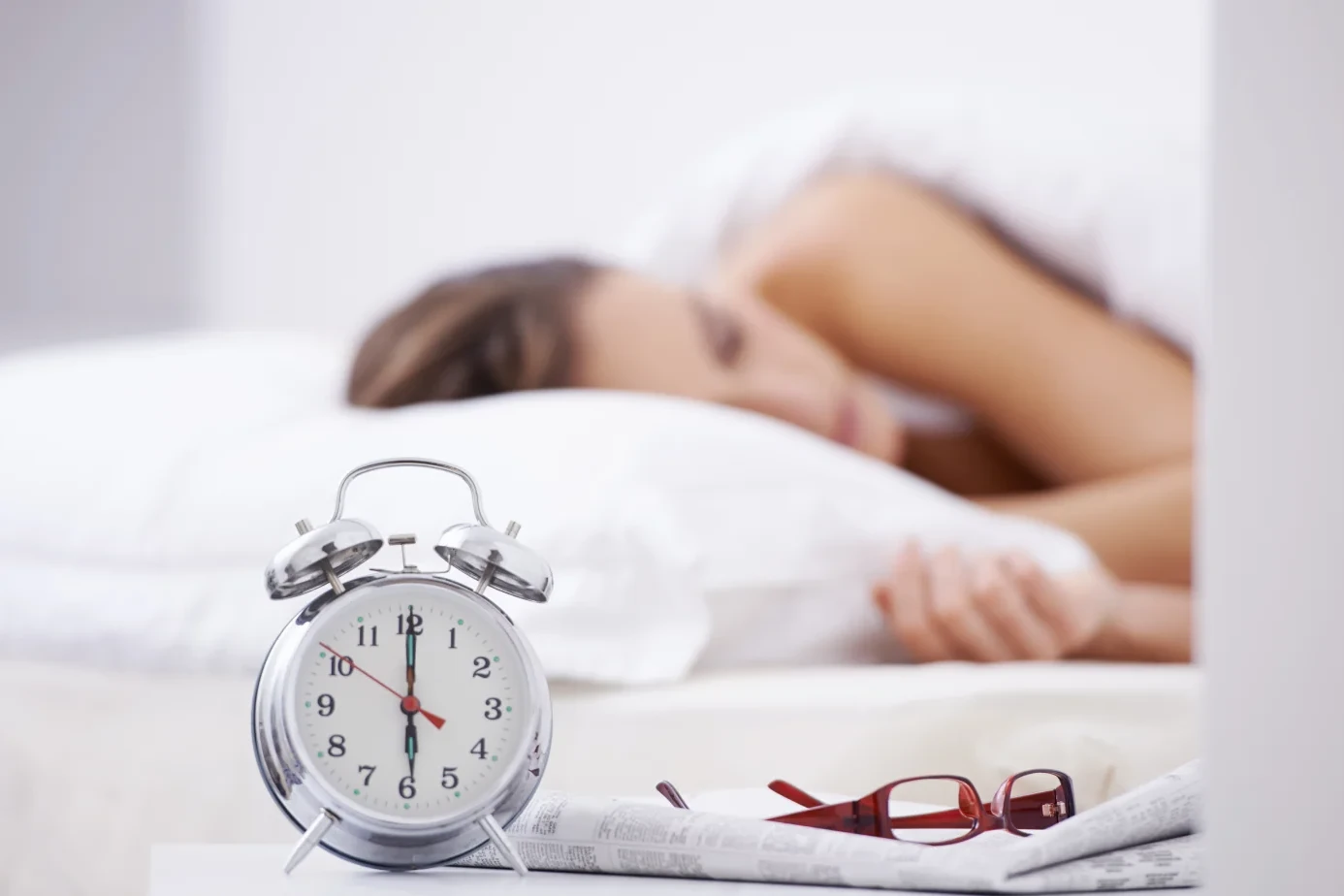“Why is my child developing slower than others? Why are their movements not like other kids?”
These are questions no parent ever wants to ask, but for families affected by Dandy-Walker Syndrome, they often become the reality. Dandy-Walker Syndrome is a rare condition, but it brings real challenges. When parents hear the diagnosis, their first thought is, “Is there a way to help?“
The good news is yes, there are treatments that can make life better. This blog will walk you through the most effective dandy walker syndrome treatment options available today. From medicine and surgery to therapy and special support in school, we’ll cover everything you need to know.
Table of Contents
ToggleUnderstanding the Condition
Before we dive into the dandy walker syndrome treatment, let’s briefly understand the condition itself.
Dandy-Walker Syndrome is a congenital brain malformation. It affects how the brain develops, especially the cerebellum, the part that controls balance and movement. It can also lead to hydrocephalus (extra fluid in the brain), which causes pressure, motor delays, coordination issues, speech problems, and sometimes seizures or behavioral challenges.
It shows up in different ways:
- Delayed growth or movement skills
- Trouble with balance or walking
- Learning problems
- Seizures in some cases
Each individual’s symptoms and needs can vary greatly. So, dandy walker syndrome treatment plans need to be personalized.
Medication-Based Dandy Walker Syndrome Treatment
Medications may not cure the condition, but they play a key role in managing dandy walker syndrome symptoms .
Not every child with Dandy-Walker needs medicine, but some do. Medicines help manage related symptoms, not the condition itself.
They may help with:
- Controlling seizures
- Reducing brain pressure
- Improving focus and behavior (if ADHD is also present)
Commonly Prescribed Medications Include:
- Diuretics: These help reduce hydrocephalus by minimizing fluid buildup in the brain, which can relieve pressure and help with balance or headaches.
- Anticonvulsants: Seizures are not uncommon in some cases of Dandy Walker syndrome treatment. Medications like valproate or levetiracetam may be prescribed to manage them.
- Muscle relaxants For stiffness or spasticity that affects mobility and comfort.
- Mood stabilizers or antidepressants: Emotional regulation can sometimes be a concern, particularly in adolescents or adults.
Dandy walker syndrome treatment often starts with medicine before considering surgeries.
It’s crucial that medication management is guided by a neurologist or pediatrician familiar with the condition. Regular monitoring ensures safety and optimal outcomes.
Surgical Interventions
When fluid buildup becomes severe or leads to increased intracranial pressure, surgery may be necessary. Here are the primary surgical options:
1. Shunt Placement
This is the most common procedure.
- It keeps pressure down
- Helps prevent headaches and vomiting
- Often needed when hydrocephalus is present
A ventriculoperitoneal (VP) shunt is inserted to divert excess cerebrospinal fluid from the brain to the abdominal cavity, where it can be absorbed. It relieves pressure and helps control hydrocephalus.
2. Decompressive Surgery
This involves removing part of the skull (usually at the back) to relieve pressure from the brain.
- It reduces pressure
- Improves balance in some children
It’s typically reserved for more severe or unresponsive cases.
3. Cyst Fenestration
If large cysts are present, this procedure involves creating an opening in the cyst wall to allow fluid to drain into surrounding areas. It reduces pressure and cyst size.
These surgeries are generally performed by pediatric neurosurgeons, and decisions are made based on imaging studies (MRI/CT) and symptom severity.
Surgeries are key parts of dandy walker syndrome treatment if there’s pressure or fluid buildup.
Physical and Occupational Therapy
Therapy forms the foundation of daily functional support. It’s not just about movement—it’s about independence and quality of life.
Physical Therapy (PT)
- Improves balance, coordination, and strength
- Focuses on walking, posture, and mobility
- Prevents muscle contractures and falls
Occupational Therapy (OT)
- Enhances skills like dressing, writing, and eating
- Develops fine motor skills and hand-eye coordination
- Promotes sensory integration and coping with environmental stimuli
Together, PT and OT create a holistic therapy plan that evolves as the individual grows.
Therapies are long-term parts of dandy walker syndrome treatment and often begin early.
Speech and Language Therapy
Because Dandy Walker Syndrome can affect speech development, articulation, and comprehension , speech therapy is often a key part of dandy walker syndrome treatment.
How It Helps:
- Improves pronunciation and fluency
- Builds language comprehension
- Supports non-verbal communication if needed (e.g., gestures, AAC devices)
- Encourages social interaction and confidence
Therapists may use games, storytelling, or tech-based tools like speech-generating devices to encourage expression and communication.
Assistive Devices and Adaptive Technologies
When mobility or communication is significantly impacted, assistive devices can be life-changing.
Common Supports:
- Wheelchairs or walkers for mobility
- Communication boards or tablets for non-verbal communication
- Adaptive utensils or dressing aids for daily self-care tasks
These tools promote autonomy, giving individuals the ability to move, express, and manage their environment more freely. They’re a helpful part of dandy walker syndrome treatment that should not be overlooked
Educational and Behavioral Interventions
In the Classroom:
Children with Dandy Walker syndrome often benefit from Individualized Education Programs (IEPs) or special education support. This might include:
- Modified curricula
- Visual learning aids
- Extra time for tasks
- One-on-one support or therapy sessions
Behaviorally:
Therapies such as Applied Behavior Analysis (ABA) or social skills training may help address emotional regulation, attention, or social interactions.
Working with psychologists or behavioral therapists ensures that challenges are addressed early and positively.
Parents should work closely with schools to customize help. This area of dandy walker syndrome treatment is as vital as the medical part.
Helping Your Child Thrive
Every child deserves a chance to grow and live a better life. With the right mix of treatments, children with Dandy-Walker Syndrome can learn, move, and smile like others.
The best dandy walker syndrome treatment plan is one that’s made just for your child, based on their symptoms, challenges, and strengths.
If you’re feeling lost or need help building a plan, don’t wait. Book a consultation directly with Dr. Chandril Chugh. As a trained neurologist, he has guided hundreds of families toward the right care path.
Conclusion
There is no single treatment that addresses every aspect of Dandy Walker Syndrome , but a multidisciplinary approach brings together the best possible care. From medication and surgery to therapy and educational support, each component plays a part in the journey toward independence and improved well-being.
The most important message: you are not alone. With proper guidance, collaboration, and support, individuals living with Dandy Walker syndrome can achieve meaningful growth and lead fulfilling lives.
Frequently Asked Questions
What are the main treatment options for Dandy Walker syndrome?
They include medications, surgical interventions, physical/occupational therapy, speech therapy, assistive devices, and educational/behavioral support.
When is surgery necessary?
Surgery is usually needed when hydrocephalus causes increased pressure on the brain that cannot be managed with medication.
Can therapy really make a difference?
Yes. Therapies are often where the biggest developmental gains are seen, especially when started early and tailored to the individual.
Is there a cure for Dandy Walker Syndrome?
There is no cure, but many people live long, meaningful lives with the right support and care.
Can children with Dandy Walker attend school?
Absolutely. With proper accommodations and support, children can thrive academically and socially.
If you or a loved one is living with Dandy Walker Syndrome, don’t hesitate to reach out to a neurologist or pediatric specialist. Early support leads to better outcomes—and every step forward counts.
About The Author

This article is medically reviewed by Dr. Chandril Chugh, Board-Certified Neurologist, providing expert insights and reliable health information.
Dr. Chandril Chugh is a U.S.-trained neurologist with over a decade of experience. Known for his compassionate care, he specializes in treating neurological conditions such as migraines, epilepsy, and Parkinson’s disease. Dr. Chugh is highly regarded for his patient-centered approach and dedication to providing personalized care.
→ Book a consultation to discover which remedies suit your needs best.




